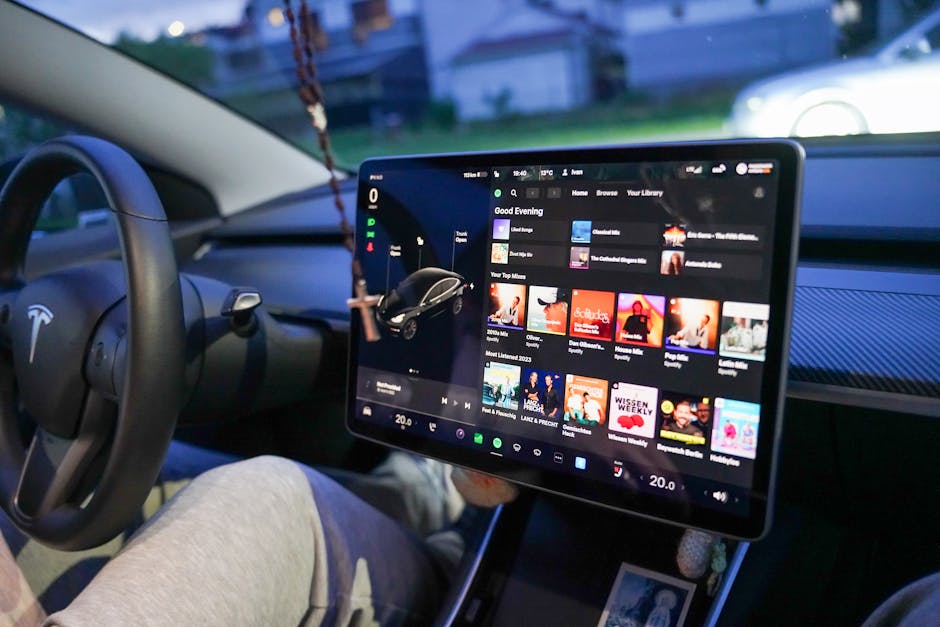Electric Vehicles: Car Buying Guides for Eco-Conscious Drivers
Electric vehicles (EVs) have rapidly gained popularity as a sustainable alternative to traditional gasoline-powered cars. With increasing concerns over climate change and rising fuel prices, many eco-conscious drivers are turning to EVs for their reduced environmental impact and cost savings. This article provides an in-depth guide for consumers considering an electric vehicle, covering key aspects such as types of EVs, charging infrastructure, cost considerations, and top models available on the market.
Types of Electric Vehicles
Understanding the different types of electric vehicles is essential for making an informed decision. There are primarily three types of EVs: Battery Electric Vehicles (BEVs), Plug-in Hybrid Electric Vehicles (PHEVs), and Hybrid Electric Vehicles (HEVs).
- Battery Electric Vehicles (BEVs): These vehicles run entirely on electricity stored in rechargeable batteries. BEVs have no internal combustion engine, which means zero tailpipe emissions.
- Plug-in Hybrid Electric Vehicles (PHEVs): PHEVs combine a battery-powered electric motor with a traditional gasoline engine. They can be charged via an external power source and offer the flexibility of switching to gasoline when the battery is depleted.
- Hybrid Electric Vehicles (HEVs): HEVs primarily rely on a gasoline engine but are supplemented by an electric motor that improves fuel efficiency. Unlike PHEVs, HEVs cannot be plugged in to recharge the battery; they rely on regenerative braking and the internal combustion engine.
Charging Infrastructure
The availability of charging stations is a critical factor for prospective EV buyers. Charging infrastructure has significantly improved over the past decade, with more public and private charging stations available across cities and highways. There are three main types of chargers:
- Level 1 Chargers: These use a standard household outlet (120V) and provide a slow charge, typically adding about 2-5 miles of range per hour.
- Level 2 Chargers: These chargers operate at 240V and can be installed at home or found at public charging stations. They offer faster charging, usually adding around 10-60 miles of range per hour.
- DC Fast Chargers: These high-powered chargers can quickly recharge an EV’s battery, adding up to 80% charge in about 30 minutes. They are ideal for long-distance travel and are commonly found along major highways.

Cost Considerations

While the initial purchase price of an electric vehicle can be higher than that of a traditional car, several factors contribute to long-term cost savings:
| Cost Factor | Details |
|---|---|
| Fuel Savings | Electricity is generally cheaper than gasoline. The average cost per mile for an EV is significantly lower compared to a gasoline-powered car. |
| Maintenance Savings | EVs have fewer moving parts than internal combustion engine vehicles, leading to lower maintenance costs. There is no need for oil changes, exhaust system repairs, or fuel injection system maintenance. |
| Incentives and Rebates | Many governments offer financial incentives for purchasing electric vehicles, including tax credits, rebates, and reduced registration fees. For example, in the United States, federal tax credits can amount to up to $7,500. |
| Total Cost of Ownership | When considering fuel savings, reduced maintenance costs, and government incentives, the total cost of ownership for an EV can be lower than that of a conventional vehicle over time. |
Top Electric Vehicle Models
The market offers a variety of electric vehicles catering to different needs and preferences. Some of the top models include:
- Tesla Model 3: Known for its impressive range (up to 353 miles) and advanced autonomous driving features.
- Nissan Leaf: One of the most affordable EVs on the market with a range of up to 226 miles.
- Chevrolet Bolt EV: Offers a range of up to 259 miles and a spacious interior.
- Audi e-tron: A luxury electric SUV with a range of up to 222 miles and advanced technology features.
- Porsche Taycan: A high-performance sports car with rapid acceleration and a range of up to 227 miles.
The Future of Electric Vehicles
The future looks bright for electric vehicles as technological advancements continue to improve battery efficiency and reduce costs. Major automakers are investing heavily in EV development, with plans to introduce more models across various segments. For instance, Ford has announced its commitment to electric vehicles by releasing models like the Mustang Mach-E (Ford.com). Similarly, General Motors plans to offer 30 new global electric vehicles by 2025 (GM.com). Additionally, global initiatives aimed at reducing carbon emissions are likely to boost demand for EVs further.
As you consider transitioning to an electric vehicle, understanding the different types of EVs, charging infrastructure, cost implications, and available models will help you make an informed decision. While initial costs may seem high, the long-term benefits such as fuel savings, lower maintenance costs, and financial incentives make EVs a compelling choice for eco-conscious drivers. The market continues to grow rapidly with more options becoming available each year.
The shift towards electric mobility not only contributes positively towards environmental sustainability but also offers practical advantages in daily life. As technology progresses and charging networks expand, owning an electric vehicle is becoming increasingly convenient and beneficial. Whether you're looking for efficiency or luxury, there’s likely an EV that fits your lifestyle perfectly.